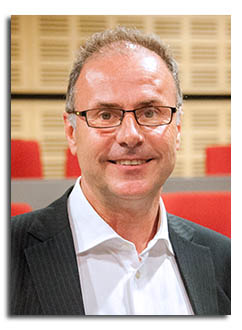
Abstract
To meet the target set by the Paris agreement in 2015 to keep the Earth average temperature rise to less than 2 °C (or even 1.5 °C), the best choice is to transition the energy economy to 100% renewable energy using solar photovoltaic energy (PV), playing a central role along with wind, hydro, geothermal, and biomass energy, to power directly or indirectly all sectors of the economy. The development of a large global energy storage capacity and the production of green hydrogen or other synthetic fuels by renewable energy will be critical. The estimated needed global PV generating capacity will be about 70 TW by 2050. The PV industry needs to rapidly grow its production capacity to about 3 TW p.a. to reach this objective. The industry has demonstrated that it is capable to grow at a very high rate and to continuously reduce the cost of manufacturing. There are no challenges related to the technology, manufacturing cost, or sustainability, except for the consumption of silver, which needs to be reduced by at least a factor of 4, and the recycling of material used in the PV system, which needs to be dramatically improved. The deployment of PV systems must be accelerated to reach a fast growth (>25%) until at least 2032 to avoid a major market downturn in 2050.
Click here to see all available video seminars.
Click here to go to the SPREE HOMEPAGE.
Brief Bio
Dr Pierre Verlinden is a photovoltaic (PV) scientist with 40 years of experience in high-efficiency silicon solar cell technology. Pierre was the recipient of the 2016 William Cherry Award, awarded by the Institute of Electrical and Electronic Engineers (IEEE) for his for his leadership at the cutting edge of PV technology and commercialization, leading technology advances including the interdigitated back contact cell, silicon and multijunction III-V concentrator photovoltaic cells. His expertise extends to detectors, optoelectronic and power devices; technology transfer from University to manufacturing; design and construction of PV manufacturing plant.
From 2012 to 2018, Pierre was Vice President and Chief Scientist of Trina Solar and since then has applied his considerable expertise to commercialisation of new solar-related technologies with companies including Amrock, BTimaging and Oxford PV.
